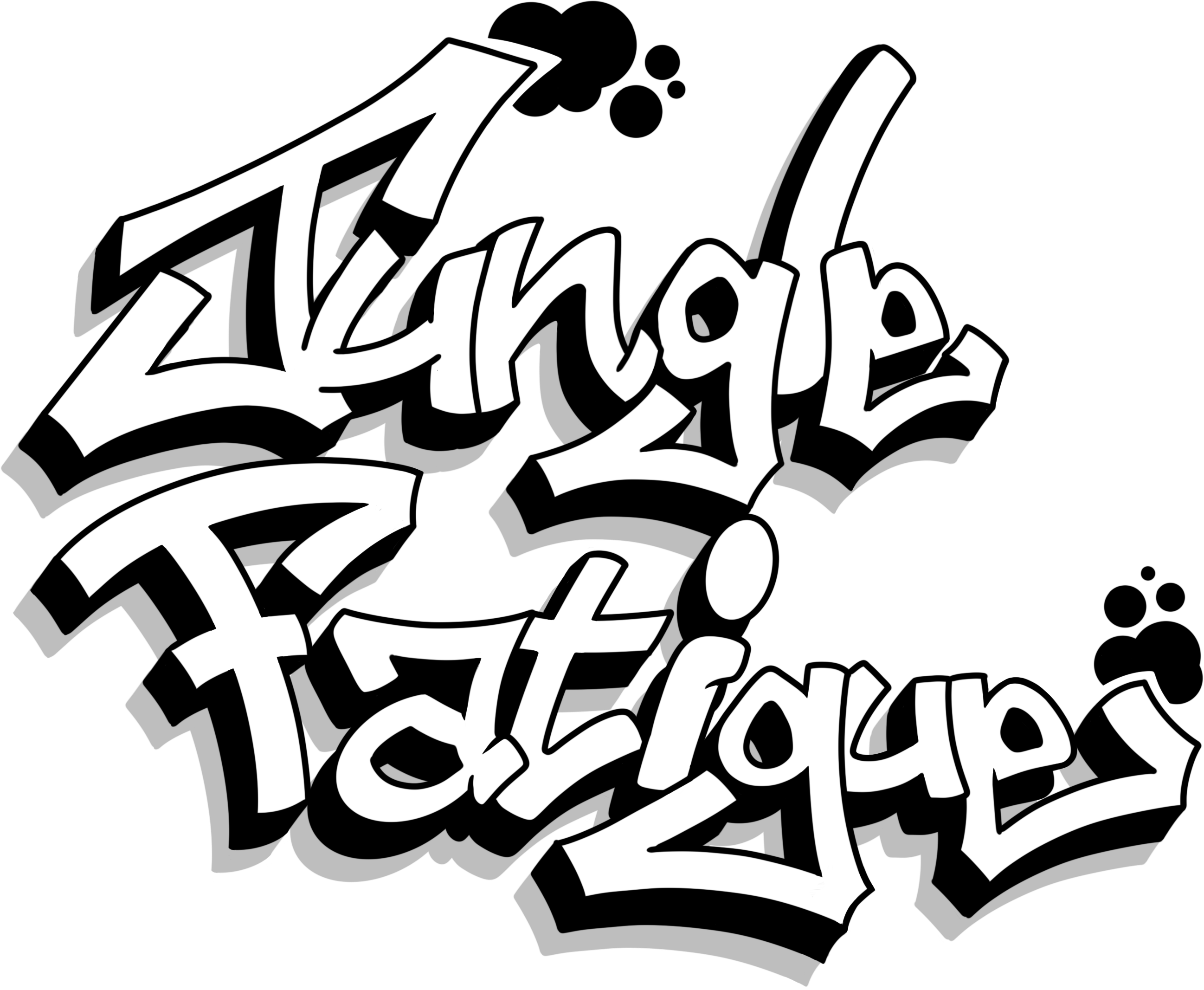sawteeth.neocities.org
Drum Break Chopping
One question that people regularly ask me is how I chop drum breaks and how I pick the ‘right’ ones. In this post I’ll try to briefly explain my process:
Context is everything when it comes to choosing a break. Certain breaks go well with certain sounds, other breaks may not. With enough experience you’ll be able to tell which combination works and which doesn’t, until then it’s all a matter of trial and error. However there is no definitive answer so trust your ears!
Another factor to keep in mind is the tuning of the drums. Although drums are usually considered non-pitched instruments, tuning them may be helpful when dissonance occurs. For an example, if a kick sample is played together with a bass note that shares similar sonic characteristic at a similar(but not exact) frequency, oscillation may occur which is not very pleasing to the ears.
To add, when I'm building a break from scratch by layering individual oneshot samples(kicks, snares, hats etc), it’s important to me to make sure that each component plays in harmony with the rest. For an instance, the whole break may sound off when the snare sounds totally out of context in relation to other drums such as kick or hat. Tuning and appropriate processing(EQ, compression, envelope adjustment etc.) can solve/mitigate this problem.
Most of the time I layer multiple breaks to fatten up the sound or to spice things up. The same principle applies in this case. Make sure the second(and third, fourth… however many) break you choose mixes up nicely with the first. Beware of muddying up the sound--I usually layer simpler breaks(i.e. Think) on top of more complex breaks(i.e. Soul Pride) for this reason. Cutting out the low-end frequencies of one(or howevery many) break with an EQ can help if you want to layer many breaks at once without causing mayhem. As I mentioned, experience is the key so try to play around a lot.
A bonus note on making your drums sound more interesting: While popular breaks such as amen have been tried and tested, solely relying on them may result in boring, “cliche” sound. Because of this I sometimes make my own breaks from scratch. To illustrate, I could combine Synthetic Substitution kick, Humpty Dumpty snare and a Roland TR-606 hat to create a “new” break that can be resampled. Sounds of nature and analog synth FX also work great as drums after enough processing. I also enjoy digging for obscure or uncommon breaks. Many 45RPM 7” soul/funk records contain usable samples(an isolated drum break often) and most of them are cheap! If I were to make my breaks sound oldskool yet fresh, I could layer those rarer breaks on top of more "popular" breaks. These are only some of the techniques I use so try experimenting yourself. That’s the junglist spirit!
Chopping isn’t too hard as some people think but you definitely need a basic understanding of drumming to do it right. Rule-breaking is only relevant when you know the rules to begin with! Other than that just have fun and enjoy.
Remarc is a great tutor if you specifically want to learn about jungle break chopping. He is a master at building interesting rhythms without getting too caught up. While I love hectic tunes, oftentimes less could speak more. To me, the beauty is to be found at the crossing zone of simplicity and frenzy. His “Loafin’ in Brockley Mix” of Sound Murderer is a great example.
Lots of people use audio channels to chop breaks but I think loading them up to a sampler is better for more complex editing(rolls, pitched drums etc.). TAL-Sampler is my weapon of choice for this. Check out Thought-Forms’(a.k.a. 4AM Breaks) TAL-Sampler tutorials on YouTube for more information!
For some people, building the track around the breaks may be easier than vice versa, go with whichever you prefer!


